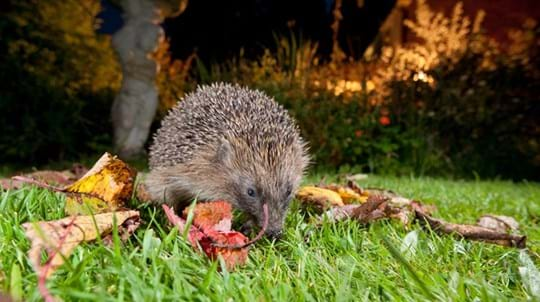
Blog
How to attract wildlife to your garden: 5 top tips
Charlie Mellor • 26 Jun 2020

Content manager
With over 20 million gardens in the UK, our combined efforts to work with nature rather than against it can make a huge contribution to a healthy environment. Whether you’re looking at new garden design ideas or want to better manage your current space, check out our top 10 easy tips on how to make your garden more environmentally-friendly.
Small changes and simple swaps have a big impact. They can be good for wildlife and they’re often cheap or even free so good for your budget too.
Going organic is safer for nature and safer for your family and pets too.
When it comes to weedkillers, fertilisers and pest control, choose organic options. Chemicals damage soil health, pollute water sources and harm a whole host of wildlife, from birds and butterflies to hedgehogs and frogs. Prevention is better than cure. Make efforts to create a balanced ecosystem in your garden, offering food, shelter and plants that attract wildlife throughout the food chain. Birds will eat aphids, amphibians will pick off slugs and hedgehogs will help keep insect numbers in check. If you end up with an infestation, look to natural remedies like soapy water, garlic spray and beer traps.
Like salad leaves, cutting some flowers encourages repeated growth. Brighten your home with colourful cosmos, rudbeckia, sweet peas and more.
Shipped around the world and packed in plastic, some of the fruit, veg and flowers in the shops have an eye-watering carbon footprint. Reduce your impact by growing your own, even in small spaces. Grow herbs on a windowsill, tomatoes in hanging baskets and strawberries in containers, or slot some food crops into your existing borders. Tasting fruit and veg straight from your own garden is amazing!
Want a low-cost, low-maintenance food source with bumper benefits for the environment? Plant your own fruit and nut trees. Varieties are available even for small gardens, the blossom is stunning and they’ll shelter and feed wildlife as well as your family.
We have single trees and tree packs to meet your needs, from wildlife to woodfuel. Delivery is free.
Shop nowGardening can be resource intensive, but a little thought can save a lot of waste. Got piles of fallen leaves? Make leaf mould to use as mulch. Branches and twigs from pruning? Leave small bundles in a quiet corner or at the back of borders as a home for minibeasts. Empty compost bags? Line wooden planters to help prevent rot. More seedlings than you know what to do with? Gift them to friends, neighbours or colleagues. And don’t forget grass clippings and other plant waste can go on the compost heap.
Think outside the box to give things a new lease of life. All manner of containers can morph into planters, bird baths or mini ponds, from washing up bowls to wheelbarrows. Broken bricks or pots can be used as crocks in other containers, chipped saucers can become bird baths – the list goes on, just use your imagination.
Some household waste can be repurposed outdoors too. Lay large cardboard boxes to suppress weeds, cut plastic milk bottles in half for DIY cloches and use any old plastic trays and even toilet roll tubes for starting seeds.
Sustainable gardening means working with nature, not against it. Opt for design ideas and plant choices that suit our increasingly unpredictable weather. Drought tolerant species will need little attention during dry hot summers, especially if you plant them into a gravel garden which will help retain moisture. Flowers like echinacea, nepeta and verbena suit these conditions, look fantastic and are magnets for pollinators too. Many native trees and shrubs like crab apple, silver birch and blackthorn are also drought tolerant, low maintenance wildlife havens once established.
Avoiding brand new items isn’t just eco-friendly, trading can be fun and rewarding for everyone involved.
Gardening can be an expensive hobby but reducing environmental impact often goes hand-in-hand with cutting costs. Before buying new tools, ask if anyone has one you could borrow, especially if it’s for occasional use like a lawn aerator or pruning saw.
For essential tools, garden furniture and other big buys it’s worth checking second-hand shops and websites too. If you really need to buy new, choose carefully. Try to find items that are sustainably-made, easily recycled or biodegradable, like plug plants in cardboard pots rather than plastic.
If you’re looking for garden fence ideas, do consider hedging as an alternative. Hedges boast beautiful blooms and boost biodiversity as well as cleaning our air and capturing carbon. They’re much better for wildlife and the environment than fences and walls, as they offer shelter, vital food and opportunities to travel through the neighbourhood. Native hedge plants are lower cost and have a smaller carbon footprint than mass-produced building materials too.
Do you use any other power tools in the garden that could be switched on less often, or exchanged for hand tools?
Whether you use a petrol mower or an electric one, spreading out your lawn cuts will reduce your energy bills as well as your impact on the environment. Fewer mows has the added bonus of allowing grass to grow a little longer and wildflowers to bloom, providing valuable food and shelter for wildlife. Consider waiting another week or two between cuts, taking part in Plantlife’s annual No Mow May campaign, or leaving an area unmown for longer periods.
A watering can uses less water and helps you direct the flow where it’s needed. Taking the extra time will also help you spot potential plant problems – and admire all your hard work!
For an eco-friendly garden, rainwater is better than the tap. It's also cheaper and healthier for your plants too. Install a water butt or any large containers where they can catch rainwater and you’ll be reducing your carbon footprint, since less water will be diverted from wetland habitats, processed and delivered to your tap. Alternatively, save your bath or shower water – known as grey water, it’s safe for garden plants despite the soapsuds, though it’s best to avoid using on edible plants.
Composting saves the energy used to produce shop-bought, plastic-wrapped compost, and avoids the transport costs and greenhouse gasses associated with plant and food waste going to landfill or incineration too. To make compost, mix layers of soft ‘green’ material, like grass, flowers and kitchen peelings, with drier, harder ‘brown’ material, like small sticks, dead stems and bits of cardboard.
For DIY fertiliser, nettles or comfrey are ideal. Chop the leaves up, submerge in water and leave to rot for a few weeks, then dilute one part plant liquid to nine parts water before applying to the garden. The neat feed smells pretty awful, but it’s packed with nutrients and your plants and purse will love it!
Whether you need a screen, hedge or centrepiece, we have beautiful native trees to give your garden interest all year round. Delivery is free.
Shop trees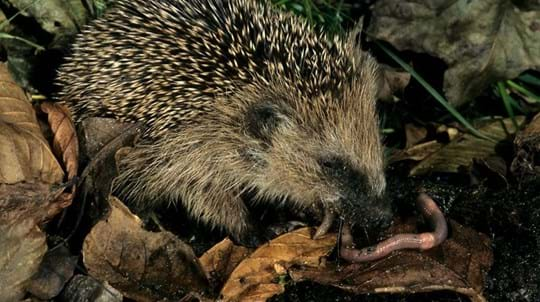
Blog
Charlie Mellor • 15 Mar 2024
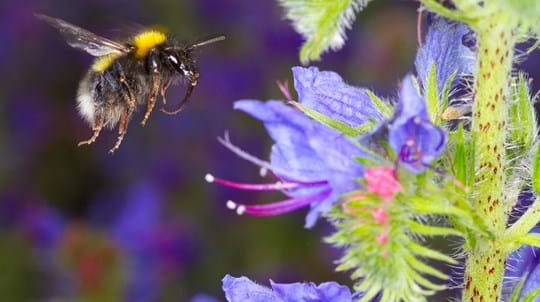
Blog
Helen Keating • 18 Mar 2019
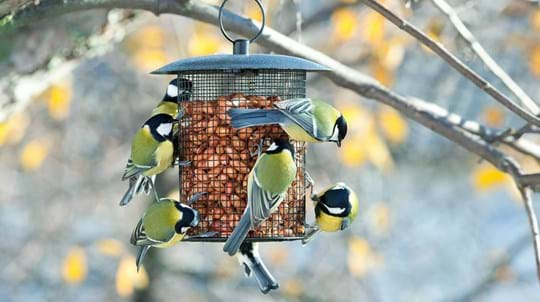
Blog
Amy Lewis • 22 Feb 2018
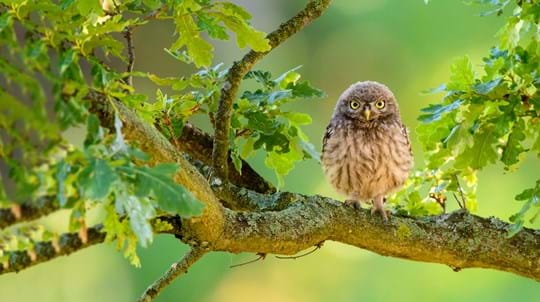
Blog
Charlie Mellor • 02 May 2023
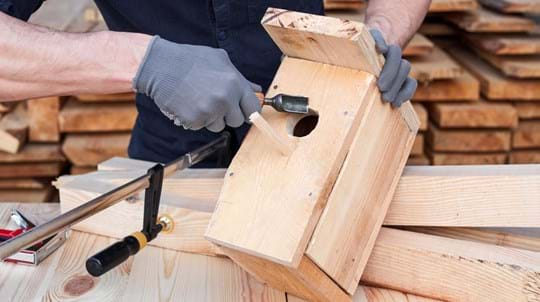
Blog
Hannah Vickers • 25 Feb 2021
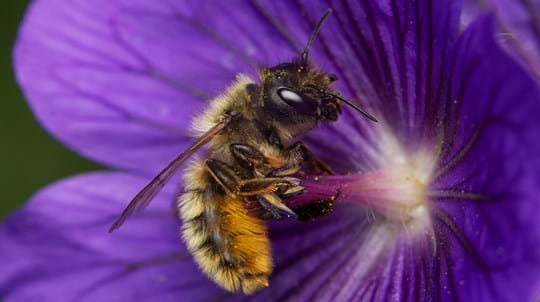
Blog
Charlotte Varela • 26 Apr 2023
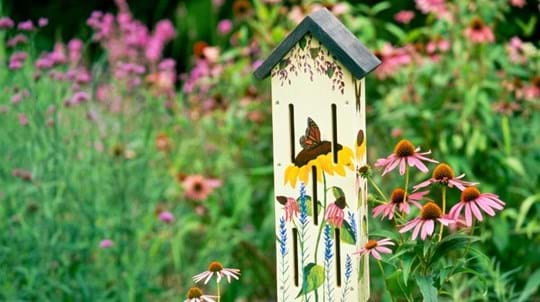
Blog
Rachel Hoskins • 12 Jul 2019
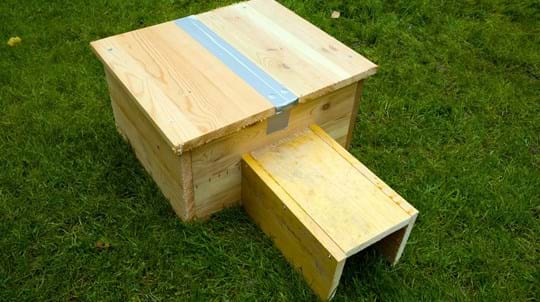
Blog
Charlotte Varela • 19 Aug 2019
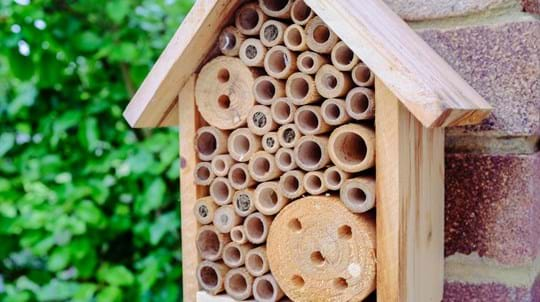
Blog
Hannah Vickers • 17 Apr 2020